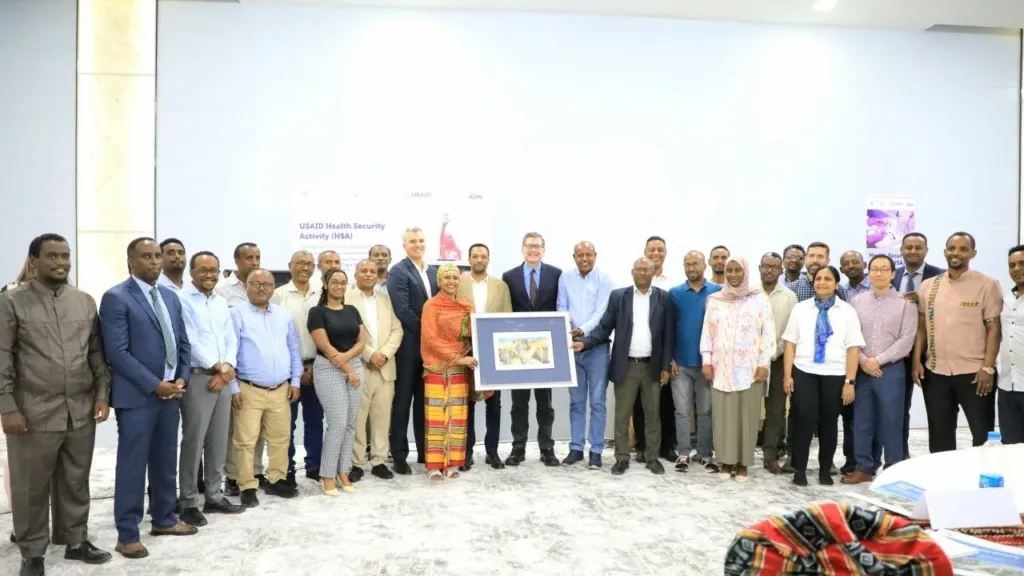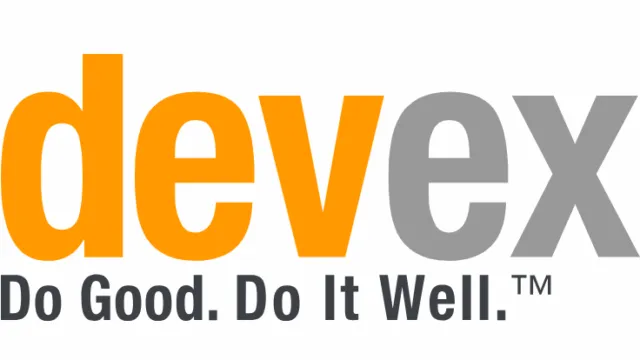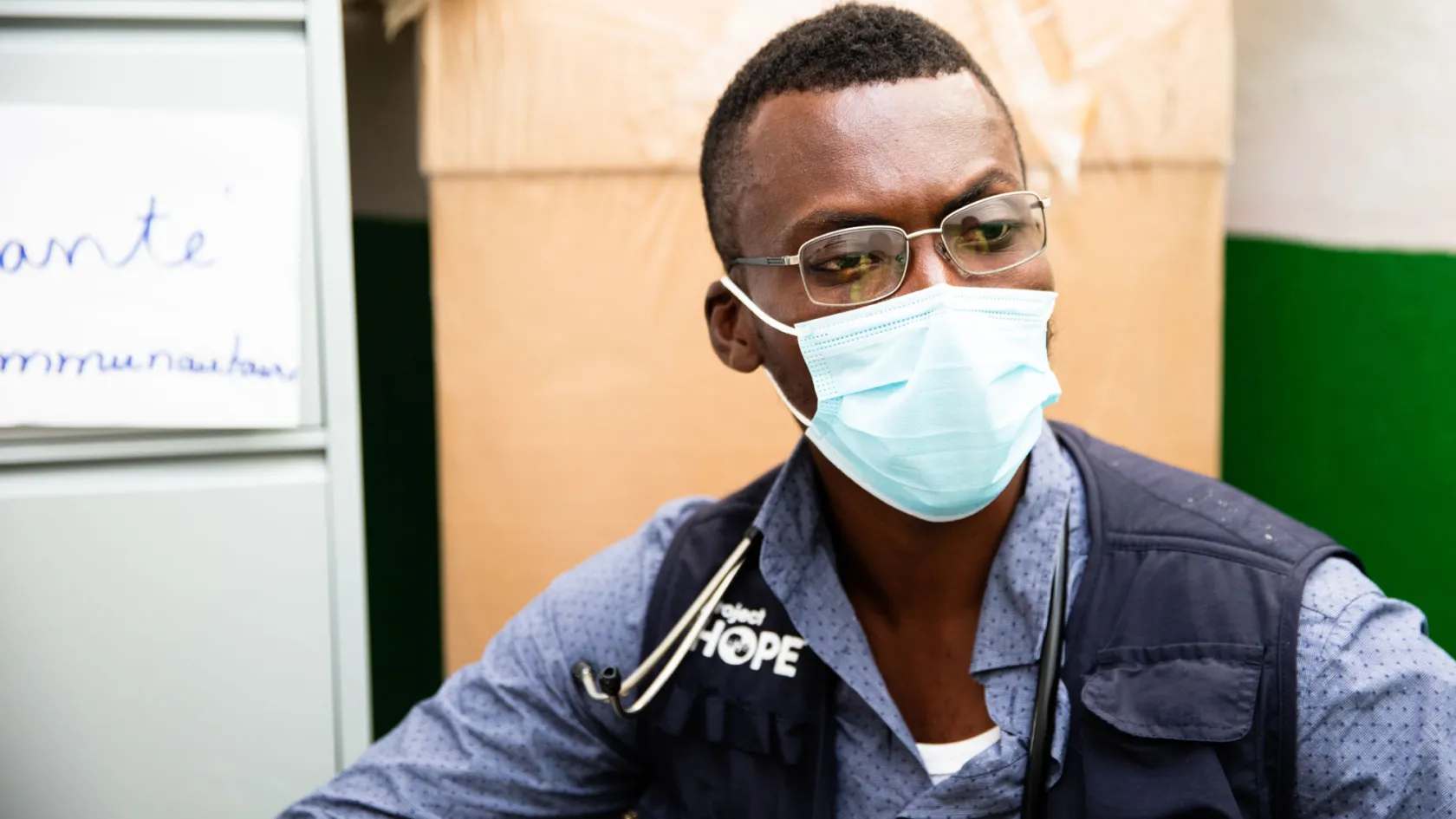What You Need to Know About Health Equity
Every day, millions of people go without the basic health services they need to live a full and healthy life. Learn more about how Project HOPE is working to build a more equitable world.

Health is a fundamental human right. Yet, for millions of people, health services remain out of reach.
All too often, where you are born and who you are determine the quality of care you receive — if you are able to receive care at all. This has been made ever more evident in the context of COVID-19.
Read on to learn more about the reality of health inequity and how Project HOPE is building a fairer, healthier world.
What is health equity?
Every person deserves the same access to the highest standard of care possible — the same opportunity to live a full, healthy life — no matter where they are born, no matter who they are. This is health equity.
Care should never depend on your gender, age, race, religion, income, or neighborhood. But it does.
Good health is a human right. Yet the reality is that it remains a privilege, more accessible in some countries than in others and for certain groups of people. Social and economic factors are key health determinants, and inequities are reflected in every health measure, from length and quality of life, to rates of disease, disability, and death.
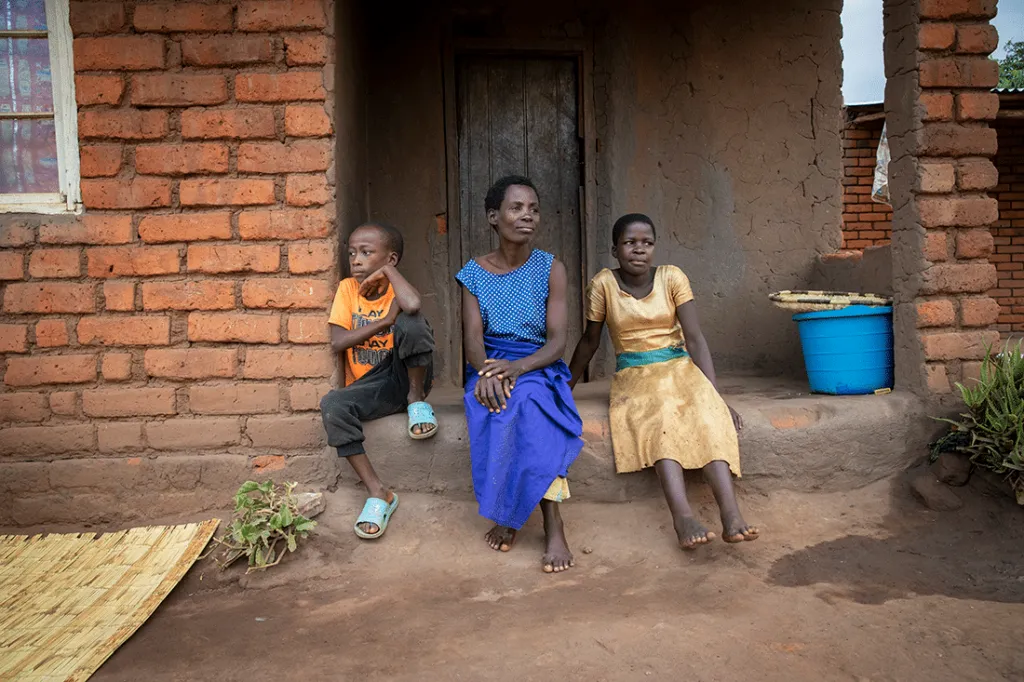
What does health inequity look like?
Access to health care is not equal from country to country, or even within countries. The facts tell the story. COVID-19 cases and deaths are two times higher in underserved areas than in more advantaged ones. To date, 86% of all vaccines administered have been in high-income countries. Almost all preventable maternal deaths (99%) occur in developing countries, and the number of children who die before their fifth birthday is over eight times higher in Africa than in Europe. A person born in Switzerland can expect to live nearly 30 years longer than one born in Nigeria.
Health disparities like these are equally glaring within countries. Children from the poorest households are twice as likely to die before turning 5, and children in the poorest 20% of households are over four times as likely to experience severe mental health issues that those in the highest 20%.
Even in the U.S., Black, Latino, American Indian, and Alaska Native populations were disproportionately impacted by COVID-19 due to “persisting social and economic inequities” like public health infrastructure and income levels.
Who pays the greatest price?
Of the half a billion COVID-19 vaccines administered globally by April 1, 2021, 86% were in high-income countries.
Millions of people struggle to access basic health services. Many of them are from groups that face systemic disadvantages and have been marginalized for generations.
Families in Navajo Nation who live in crowded multigenerational homes, often without running water, who aren’t able to socially distance during a pandemic.
Farmers and migrant workers in places like Nigeria who are bearing the disproportional weight of climate change and drought.
Haitian families in the Bahamas who lacked the documentation and money to find care in the wake of Hurricane Dorian in 2019.
People forced to migrate from Venezuela to Colombia, including thousands of mothers who were not able to find prenatal care.
Inequity costs lives. It’s why 60 million children could die in the next decade before their fifth birthday, and why more than 800 mothers died today from causes we could have prevented.
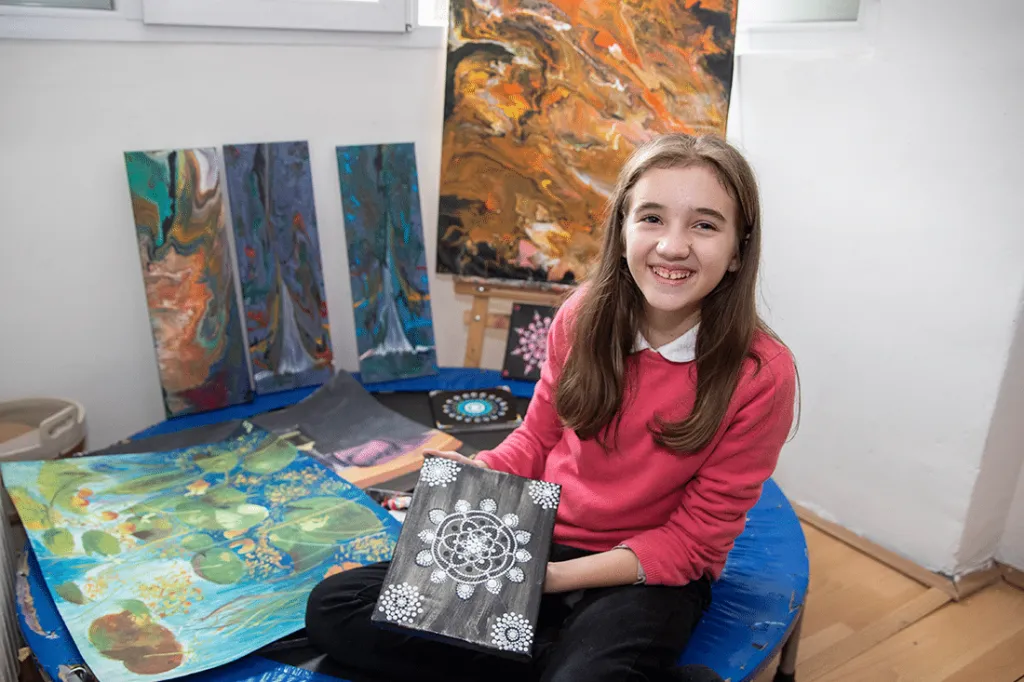
Is progress being made?
Health equity will be achieved when every human has access to the care they need to reach their full potential, and when no one is at a disadvantage as a result of their circumstances.
There is a long way to go. But the toll of the pandemic has placed health equity at “center stage of world attention,” according to the World Health Organization, with equity being the theme of this year’s World Health Day.
An equitable approach to health care requires that we recognize the historic and systemic disadvantages that prevent some groups from receiving the care they need to survive and thrive — and that we work together to right the wrongs. That includes immediate patient care, but also structural and policy changes that are designed to remove the obstacles and effectively address decades of discrimination.
How is Project HOPE building health equity?
Project HOPE is helping build a fairer world — one where everyone, everywhere has access to the care they need to lead a full, healthy life.
Around the world, we work to bridge the gaps — showing up when hospitals are short-staffed and where communities live beyond the reach of formal health services, from rural villages of Indonesia to clinics on the Venezuela border.
In Ecuador, we’re training hundreds of health care workers to reach the local indigenous community in their own language.
In Namibia, we’re helping young girls earn a sustainable income to build a future on.
In Colombia, we’re helping Venezuelans access the immediate care they need when they cross the border.
In the Navajo Nation, we’re administering COVID-19 vaccines to help flatten the curve in one of the hardest-hit areas of the country.
In Sierra Leone — where there are fewer than 250 doctors in the entire country — we’re helping new mothers access the care they need to keep their babies safe.
In Mexico, we’re empowering young people in communities with high numbers of noncommunicable diseases to raise their voice for change.
In places facing disasters and emergencies, we respond to help health systems match the measure of crisis.
And around the world, we train local health workers with the skills they need to be able to address the most urgent challenges in their communities.

Project HOPE’s impact
Day by day, Project HOPE is working to make health equity a reality, empowering local health workers with the skills and equipment to provide quality care, and community members with the knowledge and support to lead healthier lives.
Last year, this work reached over 1.5 million people around the world, including 116,000 health care workers and frontline personnel working to provide routine care and save lives.
That looks like ensuring treatment for a little boy living with HIV and helping midwives care for their communities.
Success will be achieved when we have a world where everyone can access the health care they need, when they need it. A world where no mother or child dies of preventable causes. Where doctors and nurses have the skills and support they need. And where no one is held back from health care based on who they are or where they live.

